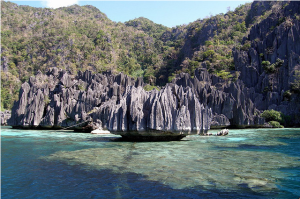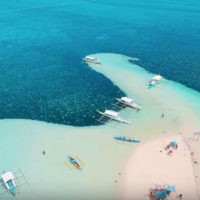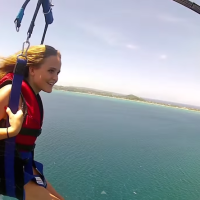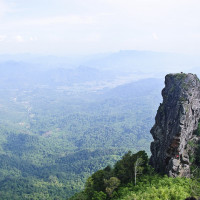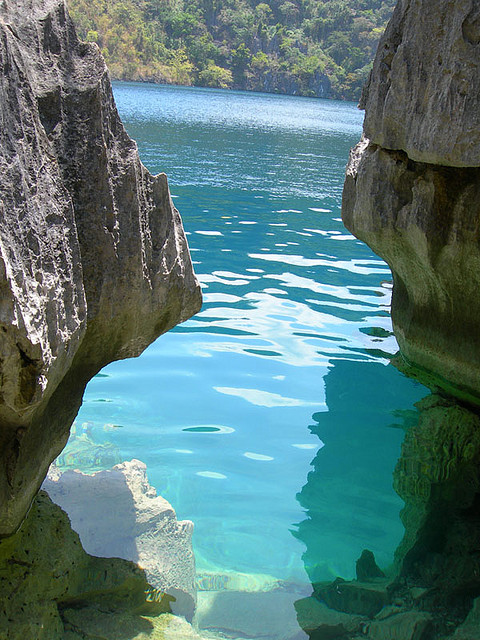
Named as the Philippines’ ‘last frontier’, Palawan harbours very diverse and extensive species of flora and fauna. Home to a majestic bio-diversity is the Calamianes Group of Islands located at the northern tip of Palawan, where one’s experience of nature is simply the best!
Palawan prides itself with many dive sites to be explored and admired by both local and foreign guests. There are eleven Japanese shipwrecks from World War II, some found at the south west of Busuanga and one at the north east. Busuanga Island is said to be the best-kept diving secret in Asia. Shipwrecks aside, Busuanga is home to beautiful coral reefs, wine blue seas, white sand beaches, waving palm trees, limestone islands and cliffs and a world class resort – who would say you’re not in paradise?
Most of those who go to Busuanga are divers and for very obvious reasons. One will not have enough of each dive site because of the incredible wonder found beneath the sea. Some of the world’s best dive sites are in Busuanga.
- Kyokuzan Maru. It is an hour’s boat ride from club Paradise. It is the wreck of Kyokuzan Maru, a 152 meter freighter bombed during the American Air strike in September 1944. The shipwreck lies in a sheltered bay in 43 metres of water. This is a deep dive with little current and excellent visibility. Aside from the majestic and historic wreck covered with Pycnodonte clams and other filter feeders, there is good coral spread where plenty of marine life inhabits with the sponges, shells and tunicates. Known to be a “wreck diver’s haven” – that’s Kyokuzan Maru dive site for you.

Apo Reef Natural Park. The Reef has an area of roughly 25 square kilometres. On the north side one will find the “Walls” – the best site to look out the deep blue and spot sharks, barracudas, tuna, mantas and jacks passing by. On the south side a wide plateau is found where you can hover on top of a nice coral garden. It has the best coral reefs in the Philippines with a very diverse and colourful marine life.
- Pigmy Seahorse. This dive site is known as “The Rock” which is found on Tara Island at the north eastern side of Busuanga. It is teeming with a variety of soft corals, sponges, feather stars and fan corals. Occasionally one would chance upon a Pigmy seahorse in some fan corals in deep waters.
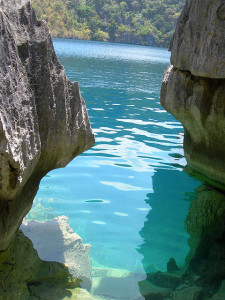
Barracuda Lake Aerial. One of the two lakes accessible to tourists is the Barracuda Lake where one can go diving for an experience of extreme “thermocline” levels at 14 meters up to 40 degrees Celsius. The lake has awesome limestone formations beneath. The other lake is Cayangan Lake where swimming and kayaking are truly an enjoyable adventure. This is declared the “Cleanest Lake in the Philippines” for many years.
These dive sites are great to see during the summer season in the Philippines from March to May. Visibility at the open sea is best from May to November where there are no planktons. Visibility can be bad after rain in coastal waters from July to September. Plankton season is from December to April and these are when one has a better chance to see Manta Rays, Whales and Sharks. Marine life highlights from December to April is the cuttlefish mating time where most of the cuttlefish come to the House Reef to mate and lay eggs in the shelter of the corals. The best time for plankton feeders is from January to March while Ghost Pipe fishes and young Angler fishes abound in the area from January to May.


